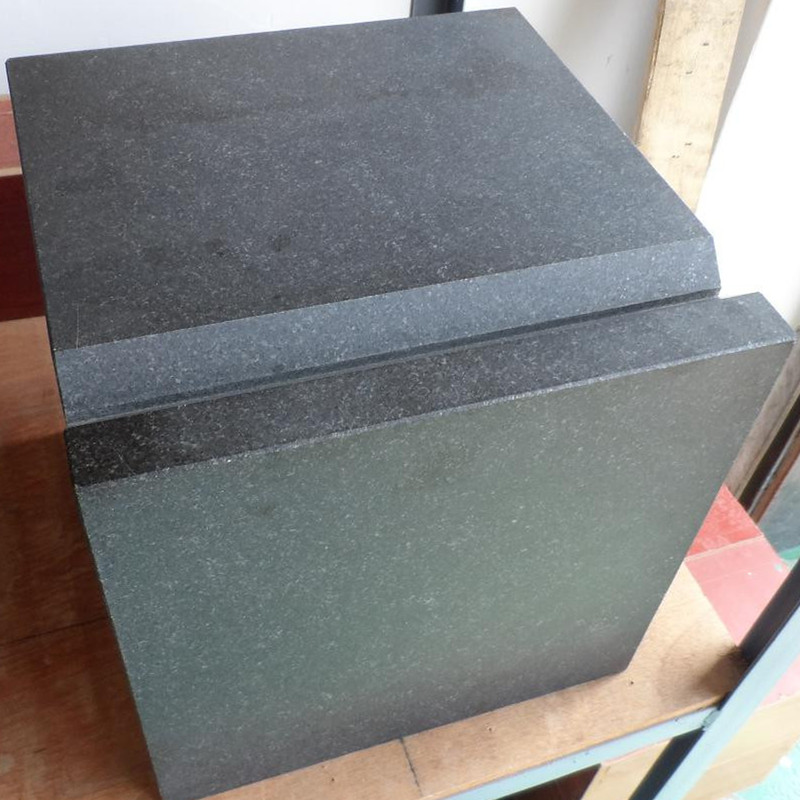Aug . 18, 2024 03:01 Back to list
Y Type Strainer with Integrated Drain Valve for Efficient Fluid Management
Understanding Y-Type Strainers with Drain Valves
In various industrial applications, ensuring the integrity and efficiency of fluid transport systems is paramount. One essential component that plays a significant role in maintaining the quality of these systems is the Y-type strainer. This article delves into the features and benefits of Y-type strainers equipped with drain valves, emphasizing their importance in filtering out impurities and ensuring smooth operation.
What is a Y-Type Strainer?
A Y-type strainer is a type of filter specifically designed to trap debris and other particulates from liquids and gases flowing through pipelines. Its unique “Y” shape allows for efficient fluid flow while providing ample filtration surface area. Made from various materials such as stainless steel, bronze, or plastic, Y-type strainers are versatile and suitable for different environments, including water treatment, chemical processing, and oil refining.
The Role of a Drain Valve
The addition of a drain valve to a Y-type strainer enhances its functionality significantly. A drain valve allows operators to easily remove trapped debris without disassembling the strainer from the pipeline. This feature is crucial for maintaining operational efficiency, as it reduces downtime during maintenance and ensures that the strainer can be cleaned out regularly. By facilitating straightforward access, the drain valve helps prevent the build-up of contaminants, which can lead to system blockages and reduced efficiency.
Benefits of Y-Type Strainers with Drain Valves
y type strainer with drain valve

1. Increased Operational Efficiency With a drain valve, routine maintenance becomes a quick and straightforward process. This efficiency not only saves time but also minimizes the risk of prolonged downtime due to blockages or maintenance tasks.
2. Cost-Effective Maintenance Regular cleaning of the strainer through the drain valve can lead to significant savings over time. By preventing major blockages, companies can avoid costly repairs and replacements associated with more severe system failures.
3. Improved System Longevity By regularly removing debris and contaminants, Y-type strainers with drain valves contribute to the overall longevity of the entire fluid system. Clean systems are less prone to corrosion and other types of degradation that can occur when contaminants are allowed to accumulate.
4. Versatility Y-type strainers can be used in a wide range of applications, accommodating different fluid types—whether it’s water, steam, oil, or chemicals. The drain valve feature enhances this versatility, making it easy to tailor maintenance to specific operational conditions.
5. Ease of Installation Typically, Y-type strainers are designed for easy installation within existing piping systems. The addition of a drain valve does not complicate this process, and the strainer can often be integrated seamlessly without the need for extensive modifications.
Conclusion
In the realm of fluid management, Y-type strainers with drain valves stand out as crucial components that offer substantial advantages. Their ability to maintain system cleanliness while minimizing downtime makes them indispensable in various industries. When properly maintained, these strainers enhance the reliability and efficiency of fluid transport systems, ultimately contributing to the operational success of any facility reliant on such systems. As industries continue to prioritize efficiency and cost-effectiveness, the Y-type strainer with a drain valve remains a trusted solution for ensuring optimal fluid management.
-
Water Valve Gate Design Prevents Leakage and CorrosionNewsJul.11,2025
-
Steel Fab Table Features Reinforced Construction for LongevityNewsJul.11,2025
-
Specialized Valve Designs for High Pressure SystemsNewsJul.11,2025
-
Machinist Gauge Pins Feature Ground and Lapped FinishesNewsJul.11,2025
-
Hose Check Valve Prevents Backflow in Irrigation LinesNewsJul.11,2025
-
Durable Micrometer Tools Withstand Heavy Workshop UseNewsJul.11,2025
Related PRODUCTS









